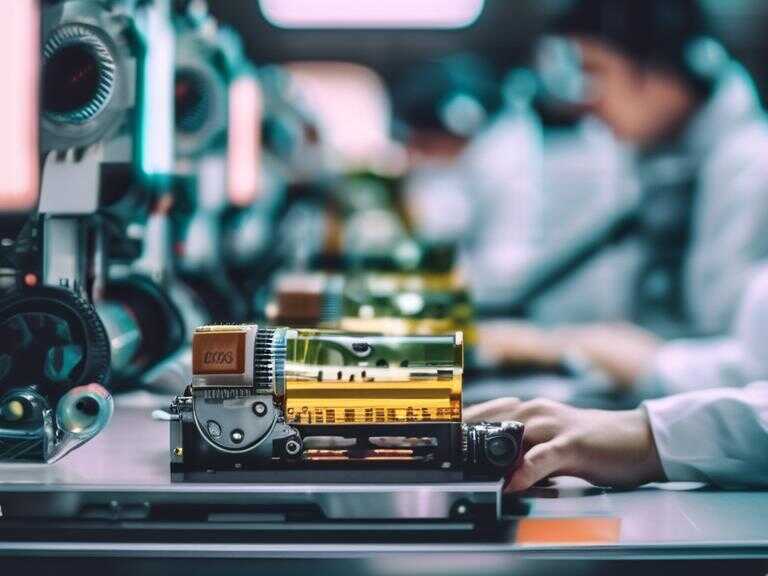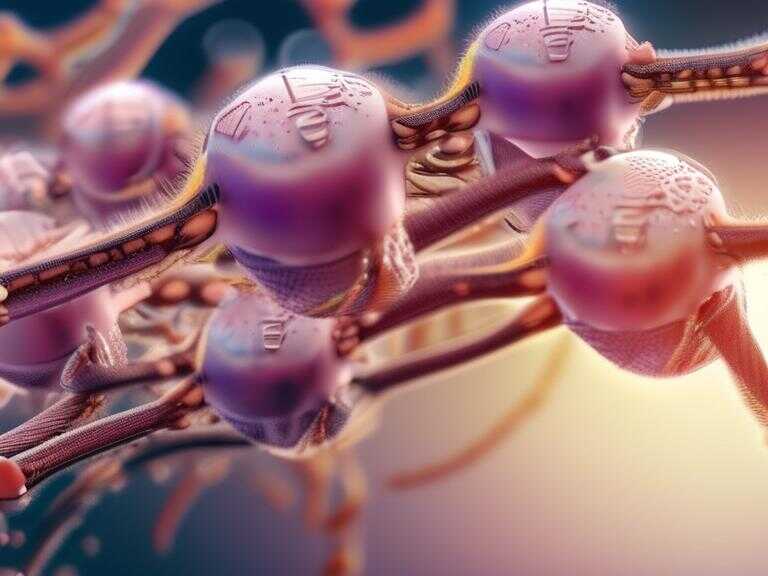
NASA's Starliner Decision: Crew Return to Earth Depends on Readiness Review Outcome
NASA is reviewing Boeing's Starliner capsule for crew return to Earth, considering safety issues before undocking from the ISS in September or February.

NASA is preparing to assess if Boeing's Starliner capsule can safely bring its two crew members back from the International Space Station (ISS). The review by the end of next week will determine if Starliner commander Barry "Butch" Wilmore and co-pilot Sunita Williams can undock from the ISS and head for home in early to mid-September, potentially freeing up the ISS's forward port for docking by the next long-duration SpaceX crew later in the month. If thruster issues and helium leaks are deemed risky, Wilmore and Williams will extend their ISS stay and return home next February via Crew Dragon. In that case, the Starliner would undock and attempt re-entry and landing autonomously. The Crew Dragon would be launched on September 24 with two astronauts instead of four, utilizing two seats for Wilmore and Williams during the return. Ken Bowersox, NASA's chief of space operations, mentioned that the data analysis will be ready for a review by the end of next week or the beginning of the following week. He emphasized the importance of maintaining flexibility and readiness for the meeting before it takes place, ensuring that the time available before returning Starliner is used wisely.
Launch and Technical Issues
Wilmore and Williams launched on June 5 atop an Atlas 5 rocket. However, during their approach to the ISS, they encountered issues with five aft-facing thrusters providing lower thrust than expected and the development of four helium leaks in the propulsion system plumbing, along with a pre-existing small leak. Engineers have been diligently reviewing telemetry and conducting thruster tests in both orbit and on the ground to identify the cause of the degraded performance. These two systems are crucial for the ship's safe departure from the station, atmospheric re-entry, and landing in the western United States.
Safety and Decision-Making Process
Russ DeLoach, NASA Safety and Mission Assurance chief, expressed confidence in the diligent efforts of the team to arrive at a sound decision for safely bringing both the Starliner and its crew back home. He highlighted that the review process has been lengthy due to changes made after past disasters like the Columbia shuttle to ensure that concerns raised by engineers at all levels are considered in the decision-making process. DeLoach emphasized the importance of combating organizational silence, noting past instances where valid concerns were not adequately addressed. The current process aims to ensure that every perspective is shared, even if it results in a slower pace of decision-making.
Future Steps and Considerations
After the recent program control board meeting, Ken Bowersox discussed the differing opinions among engineers regarding the Starliner's piloted return to Earth. He pointed out that some engineers supported an immediate return as is, while others opposed it or sought more time for additional data review. However, he refrained from disclosing which option garnered the most support. Regardless of the decision on the Starliner's return, NASA is also NASA is also preparing backup plans in case a crewed landing is ruled out. This demonstrates the agency's commitment to ensuring the safety and success of the mission, regardless of the challenges encountered.
Continuous Reporting and Media Coverage
Bill Harwood, a seasoned reporter on the U.S. space program since 1984, is covering the developments related to the Boeing's Starliner capsule and NASA's preparations for the upcoming review and decision-making process. The continuous reporting and media coverage reflect the significance of this mission and the public's keen interest in the outcome of the Starliner crew's return to Earth.
Emphasizing Safety and Readiness
NASA's approach to the upcoming readiness review underlines the agency's unwavering commitment to safety and thoroughness. By allowing time for comprehensive data analysis and ensuring that all perspectives are considered, NASA is prioritizing the well-being of the crew and the success of the mission. The agency's dedication to transparency, accountability, and meticulous decision-making reflects a strong emphasis on organizational learning from past experiences, ultimately fostering a culture of continuous improvement and vigilance within the space program.
Share news















